|
|
Welcome to the new Lobel’s Culinary Club.
In the years since we launched our Web site and online butcher shop, the Lobel’s Culinary Club has become the cornerstone of our communications with our customers old and new. Our e-mails span the latest news about products and promotions to help you plan peak dining experiences for family meals, special events, and casual entertaining.
A fundamental part of the Culinary Club content comes from our unique perspective as butchers on meat handling and preparation. And while there are many recipes to share, we want to help you go beyond specific recipes to a wider world of in-depth explorations of cooking techniques. When you understand the fundamentals, you are free to invent your own culinary masterpieces.
We believe the more you know about preparing the finest meat money can buy, the more you will enjoy serving it to your family and friends.
With the launch of our expanded Culinary Club, we’ve created a living archive of knowledge that is gleaned from past e-mails and will grow with future e-mails.
Within the Culinary Club, we hope you’ll find numerous and useful resources to enhance your confidence in preparing the finest and freshest meats available, and ensure your absolute delight with the results.
For your dining pleasure,

Stanley, David, Mark, and Evan Lobel

Articles by Month:
Articles by Subject:
On September 18,2012
In
food history
,
pepper
,
recipes & techniques
In a sense, pepper is the reason we are here today. “We” meaning Americans, and “here” meaning in North America. We have intrepid, seafaring explorers and an insatiable appetite for pepper and other spices to thank. As they set out to find new trade routes to Southeast Asia, where pepper and many other spices were grown, new continents were discovered.
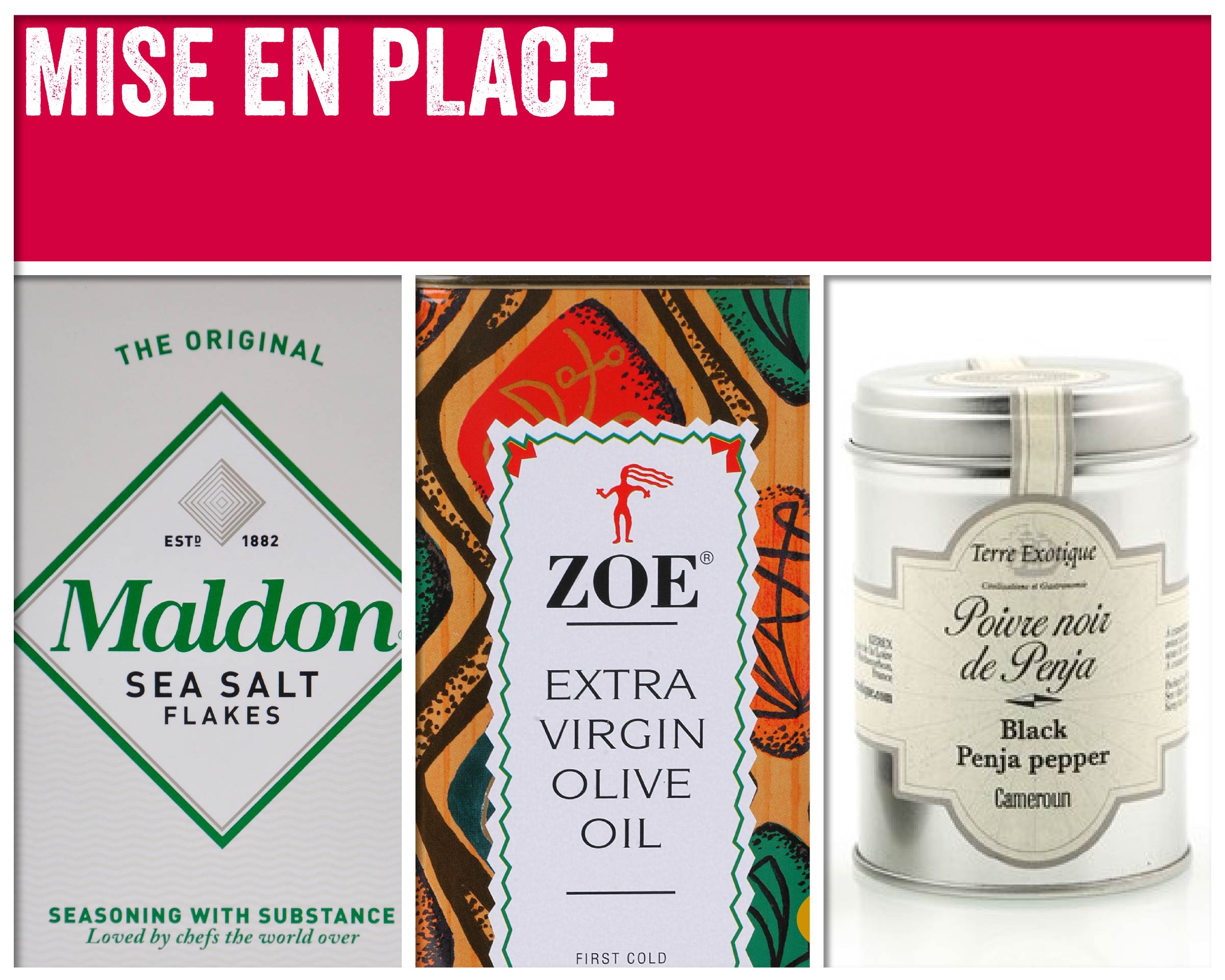
(more...)
On August 19,2012
In
food history
,
recipes & techniques
,
salt
Talk about multitasking! Salt has been in use since ancient times and has, some say, 14,000 distinct uses. It is our oldest spice, and yet, so much more.
Earliest discoveries of salt-production plants date back to more than 8,000 years to Romania and China. Ancient Egyptians traded salted foods to the Phoenicians in return for cedar, glass, and a dye for the color purple, among other precious goods.
(more...)
On August 16,2012
In
beef
,
culinary classics
,
food history
Steak Diane is the classic sauté with pan sauce for carnivores who prefer flair in their meal presentation—and enjoy a bit of flare with their tableside preparation.
On the U.S.front in post-WWII days, casseroles, croquettes, creamed vegetables, chiffon pies, TV dinners, anything you could wrap in bacon, drive-ins, and an expanding range of modern boxed, canned, and frozen convenience foods prevailed in the marketplace and on home dinner tables. GIs returning from European and Asian war fronts brought with them a new-found appetite for ethnic foods, albeit considerably dumbed-down in many cases so as not to offend previously cloistered, yet newly experimental, American palates.
And beef was king!
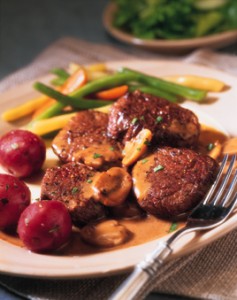
(more...)
On July 12,2012
In
recipes & techniques
,
food history
There’s absolutely no limit to what combinations of solid and liquid ingredients can be called a sauce. From soy to salsa, the textures, flavors, and purposes vary widely and are used at any and every point in the cooking process from the first step of preparation right up to the point of presentation at table.
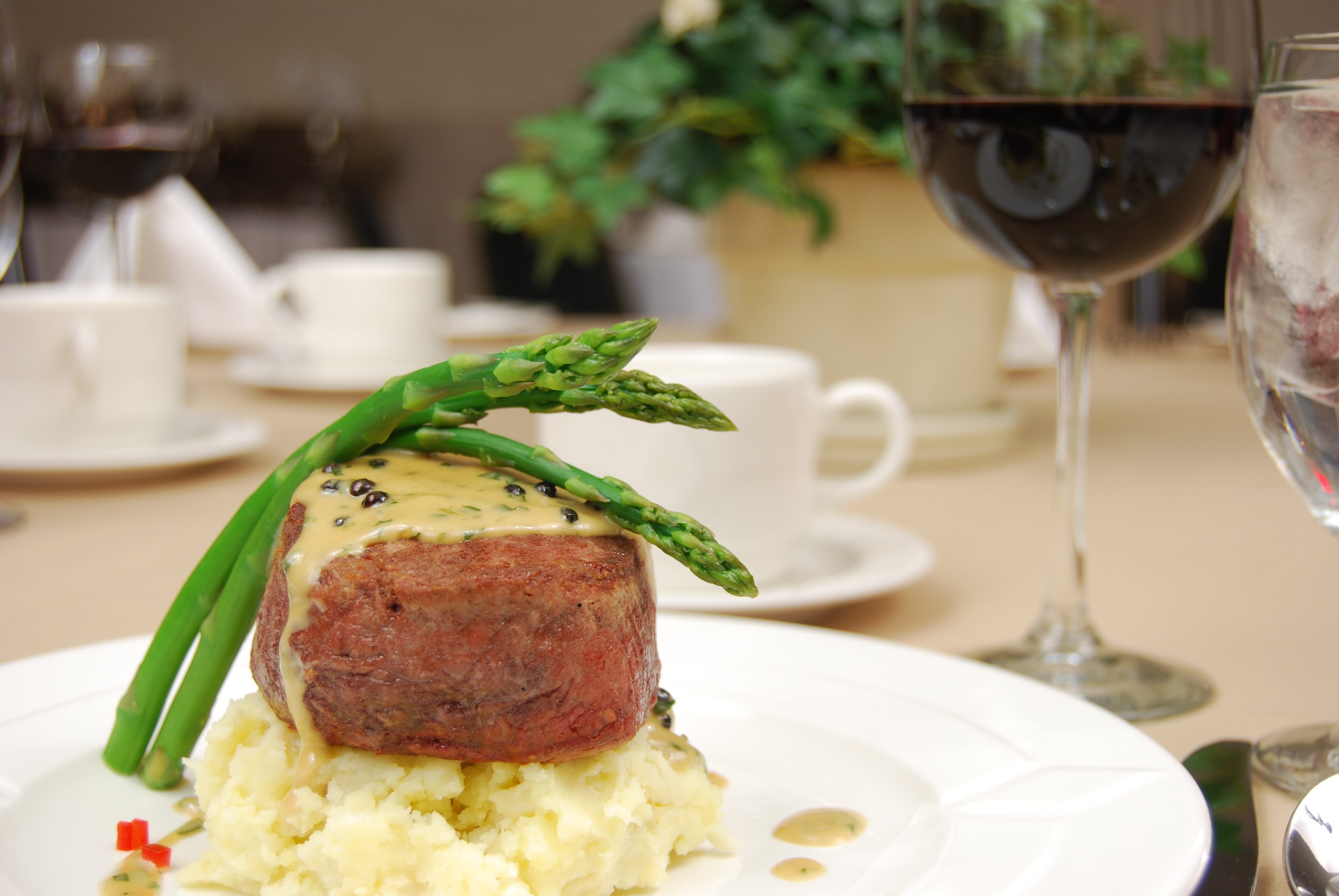
(more...)
On July 11,2012
In
oils
,
recipes & techniques
,
food history
,
lobel's pantry
In this classic three-part mise en place, oil multitasks by binding the salt and pepper, lubricating the surface of the meat to enhance development of an exterior crust and to keep the meat from sticking to the cooking vessel, and, depending on your choice of oil, contributing to the overall flavor of the prepared meat.
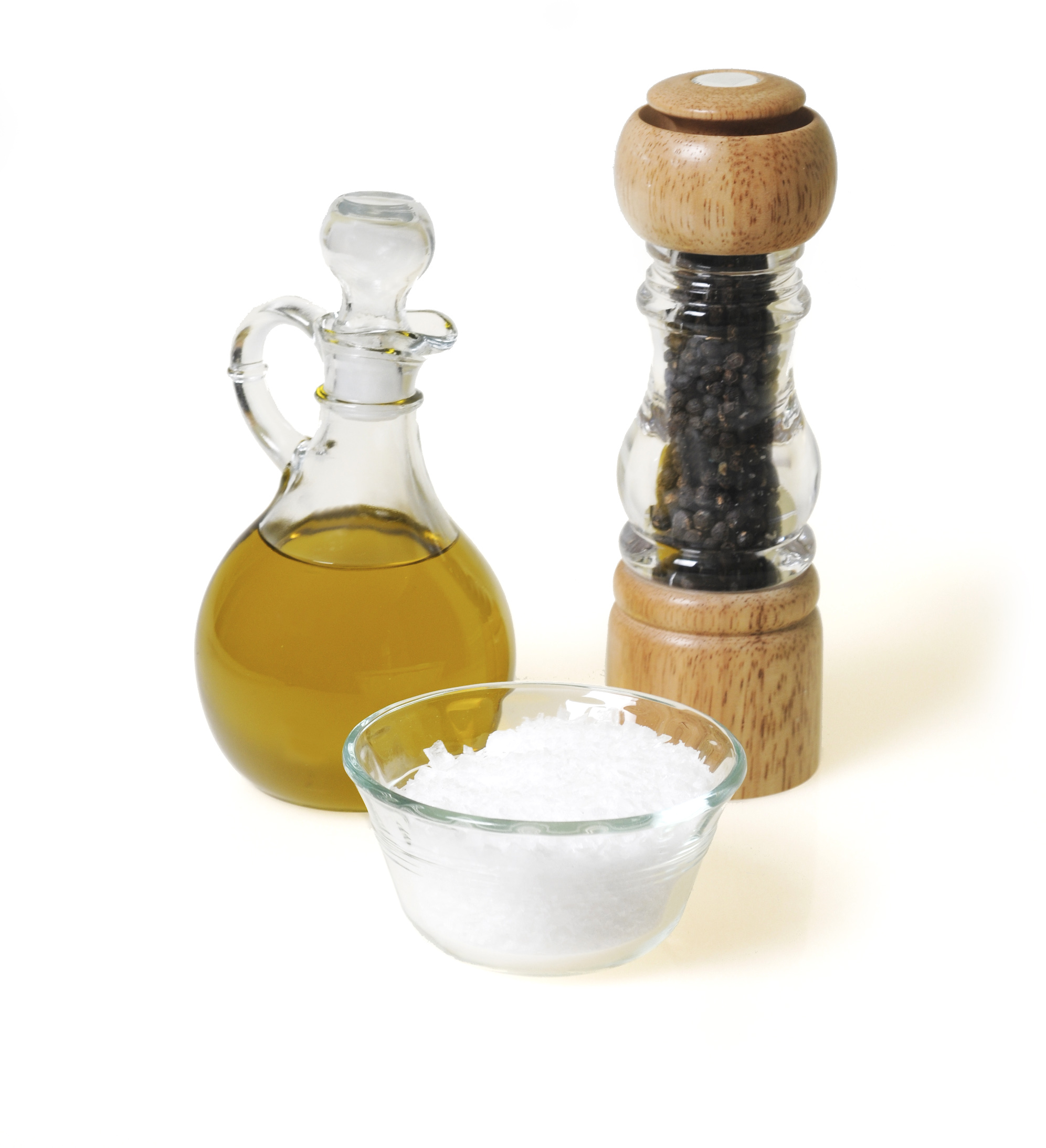
(more...)
On April 15,2012
In
culinary classics
,
food history
,
pork
,
recipes & techniques
,
sausage
,
seafood
You’d be hard pressed to find a breakfast dish more decadent than Eggs Benedict.
It’s the kind of dish that is food for the psyche and soul. It is the elegant pinnacle of comfort food, an ode to excess. If you’re looking for a healthy blast of protein and carbs to get your day started, make a beeline for yogurt and an egg-white sandwich. Eggs Benedict, and its infinite variations, is all about indulgence—throwing caution to the wind for an almost divine interaction with your food. It’s petit déjeuner for a lazy day.

(more...)
On March 14,2012
In
culinary classics
,
food history
,
recipes & techniques
,
braising
,
poultry
Born of frugality, Coq au Vin is a slow-cooked classic French recipe that combines poultry and wine into a braised dish of delectable proportions. Traditionally, the recipe is highlighted by its inclusion of button mushrooms, pearl onions, and lardons—matchstick-sized pieces of bacon.
Coq au Vin is the second cousin to Boeuf Bourguignon, which is essentially the same recipe, except that cubes of beef are used instead of pieces of poultry.
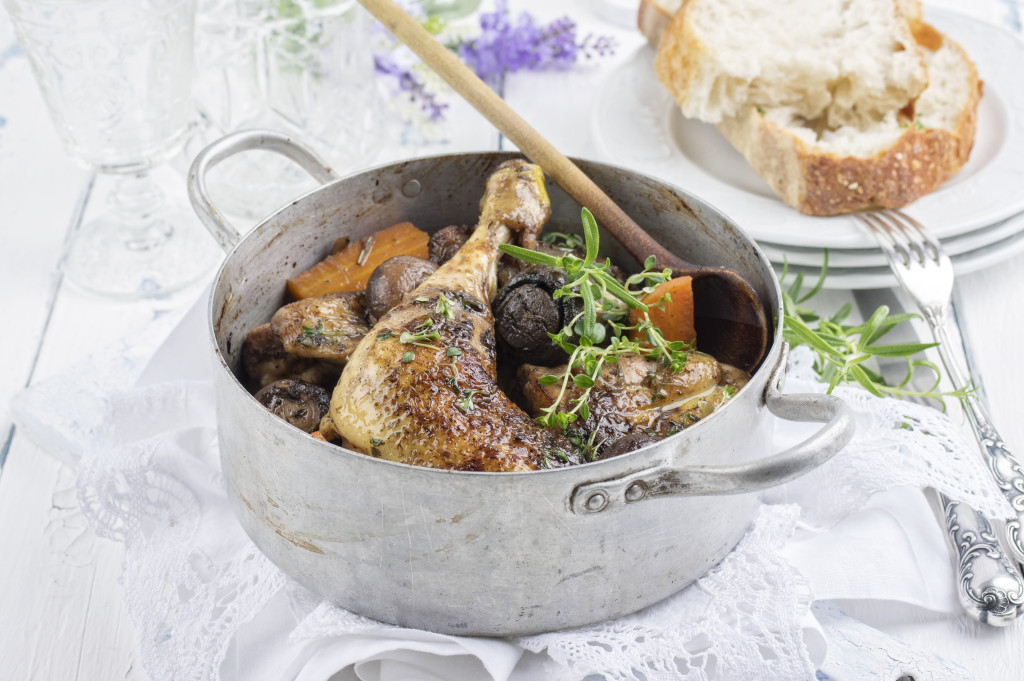
(more...)
On March 13,2012
In
beef
,
lamb
,
pork
,
sausage
,
seafood
,
food history
,
st patrick's day
,
holidays
As in most developing ancient European societies, the transition from Stone Age to the Bronze Age had a dramatic affect on what the people of Ireland ate and how they prepared it.
The development of malleable, heat-tolerant materials meant that foods could be cooked in a vessel using moist-heat methods, rather than solely by dry heat over or in an open fire. The most primitive method of moist heat cooking is boiling—meat and or vegetables cooked in water until palatable.
In ancient times, the cauldron—a large three-legged pot suspended over a fire—was the most common cooking vessel, and it can be traced to the origins of so many traditional Irish soups, stews, and braises we know and love today. The earliest ovens were simply cauldrons turned upside down and placed over a fire.

(more...)
On February 15,2012
In
beef
,
culinary classics
,
food history
,
seafood
,
holidays
It’s a holiday that only comes around every four years: National Surf and Turf Day is February 29! Surf and turf, surf ‘n turf, beef and reef, pier ‘n steer, or whatever variation you might call it, this center-of-the-plate combination of beef raised on land and treasures from the sea is a fairly recent classic. It’s also a culinary playground for the curious epicurean.
Variations abound, but the most frequently found components are lobster and filet mignon.
No clear origin of the term surf and turf is commonly accepted, but at least two contenders are in the running. And, although attributions differ, the one thing they are close in agreement about is the approximate timing of the term’s coinage.
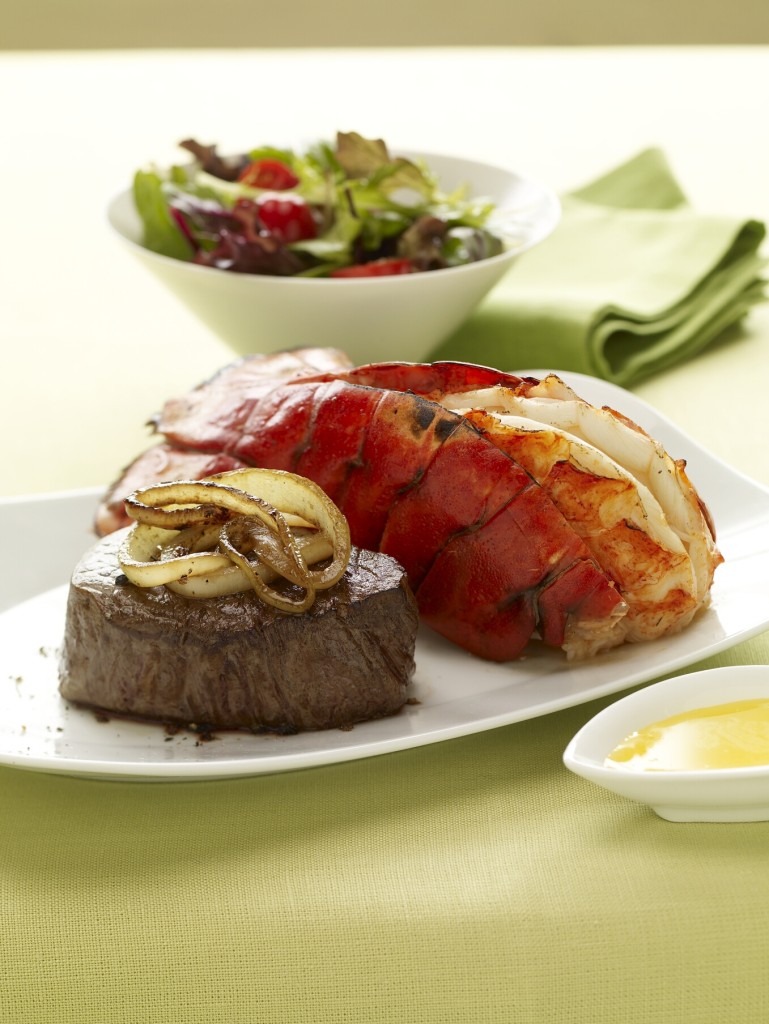
(more...)
|










